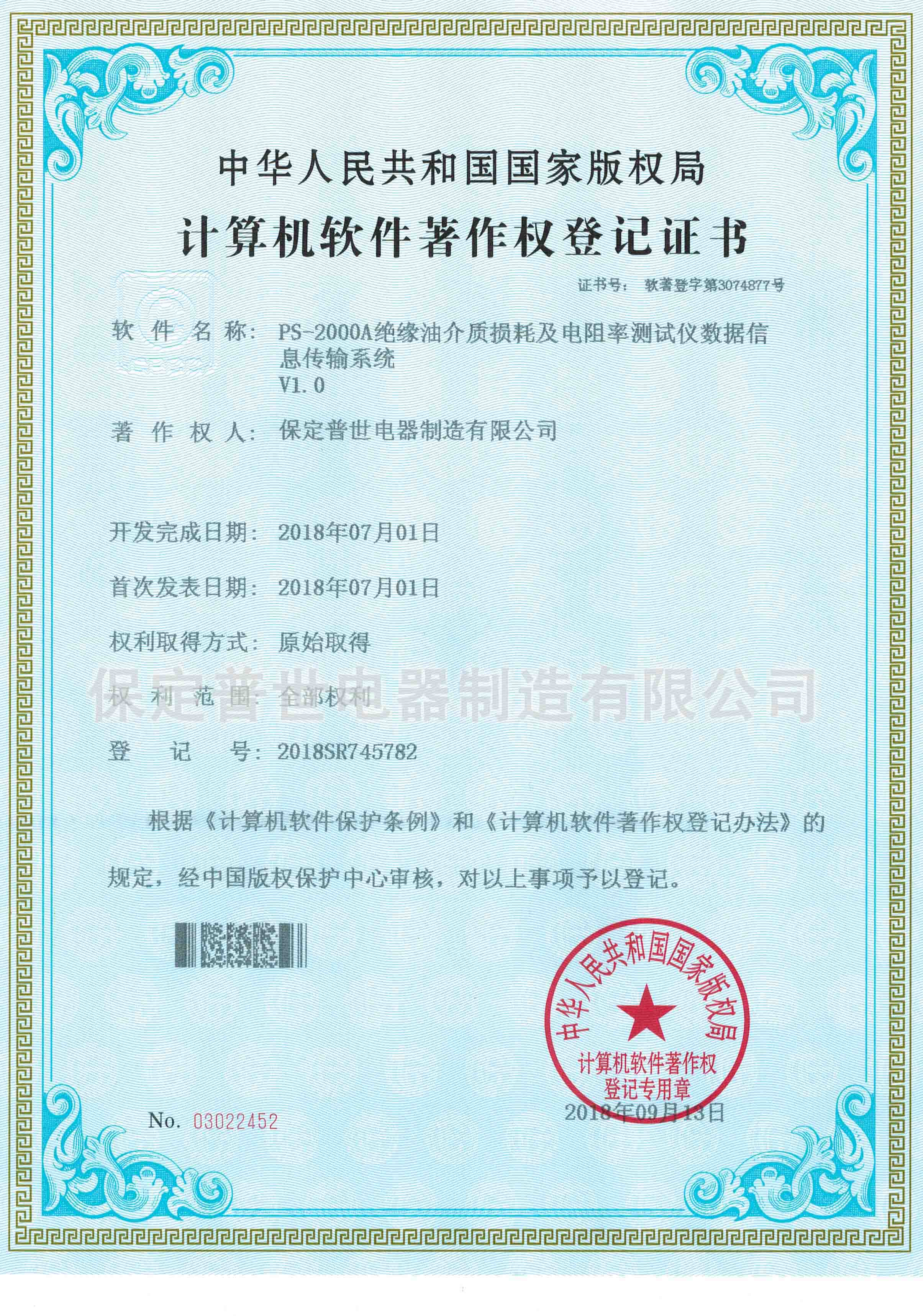 English
English


type test in transformer
Understanding Type Testing in Transformers
Transformers are critical components in electrical engineering, particularly in the field of power distribution and voltage regulation. They play a vital role in stepping voltage levels up or down to facilitate long-distance power transmission and ensure that electrical devices receive the appropriate voltage for optimal performance. As with any vital equipment, type testing of transformers is essential to ensure their reliability, safety, and compliance with specific standards.
What is Type Testing?
Type testing refers to the process of evaluating the performance and safety of transformers under predetermined conditions. These tests are conducted on prototypes or standard models of transformers to validate their design and functionality before they enter mass production. The objective is to ensure that these transformers can operate efficiently under various conditions and meet the specifications outlined in international standards, such as IEEE, IEC, and ANSI.
Importance of Type Testing
1. Safety Assurance Safety is paramount when dealing with electrical equipment. Type testing helps identify potential hazards or weaknesses in a transformer's design that could lead to failures, overheating, or catastrophic events.
2. Performance Verification Testing allows manufacturers to verify that the transformer will perform as expected under normal and extreme conditions. This includes evaluating its efficiency, load capacity, and thermal performance.
3. Regulatory Compliance Many regions have regulations that mandate specific testing protocols for electrical equipment. Type testing ensures that transformers comply with these regulations, helping manufacturers avoid legal issues and ensuring consumer protection.
4. Quality Control By establishing a baseline of performance, type testing aids in maintaining quality control during production. If a transformer fails to meet its type-tested parameters during routine inspections, immediate corrective actions can be taken.
Common Tests Conducted During Type Testing
type test in transformer

1. Temperature Rise Test This test measures the increase in temperature of the transformer windings and core at rated load conditions. It ensures that the transformer can operate safely without exceeding thermal limits.
2. Insulation Resistance Test This test evaluates the insulation’s effectiveness, determining if the transformer can prevent electrical leaks that could lead to faults.
3. Short-Circuit Test Conducted to simulate short circuits, this test evaluates the transformer's ability to withstand fault conditions without sustaining damage.
4. Voltage Ratio Test This verifies the voltage transformation ratio in no-load conditions and ensures that the transformer's voltage output matches its specifications.
5. Power Factor Test This test measures the power factor to assess the quality of the insulation and the presence of any electrical losses within the transformer.
6. Frequency Response Analysis This advanced test determines the transformer's response to different frequencies, which is critical for identifying mechanical and electrical issues.
Challenges in Type Testing
Type testing is not without its challenges. First, it can be time-consuming and costly, requiring specialized equipment and skilled personnel. Second, ensuring compliance with a myriad of international standards can be a daunting task for manufacturers, especially when operating in global markets. Additionally, the complexity of transformer designs necessitates a thorough understanding of both the electrical and mechanical aspects of the device to effectively interpret test results.
Conclusion
Type testing in transformers is a fundamental process that ensures the safe and efficient operation of these vital electrical components. It promotes safety, reliability, and compliance with regulations, ultimately protecting both manufacturers and consumers. As technology advances and the demand for renewable energy solutions grows, rigorous type testing will continue to play a crucial role in the development and deployment of transformers. By maintaining high standards in testing protocols, manufacturers can confidently bring innovative products to the market, enhancing the resilience and efficiency of power systems worldwide.
-
Differences between open cup flash point tester and closed cup flash point testerNewsOct.31,2024
-
The Reliable Load Tap ChangerNewsOct.23,2024
-
The Essential Guide to Hipot TestersNewsOct.23,2024
-
The Digital Insulation TesterNewsOct.23,2024
-
The Best Earth Loop Impedance Tester for SaleNewsOct.23,2024
-
Tan Delta Tester--The Essential Tool for Electrical Insulation TestingNewsOct.23,2024





